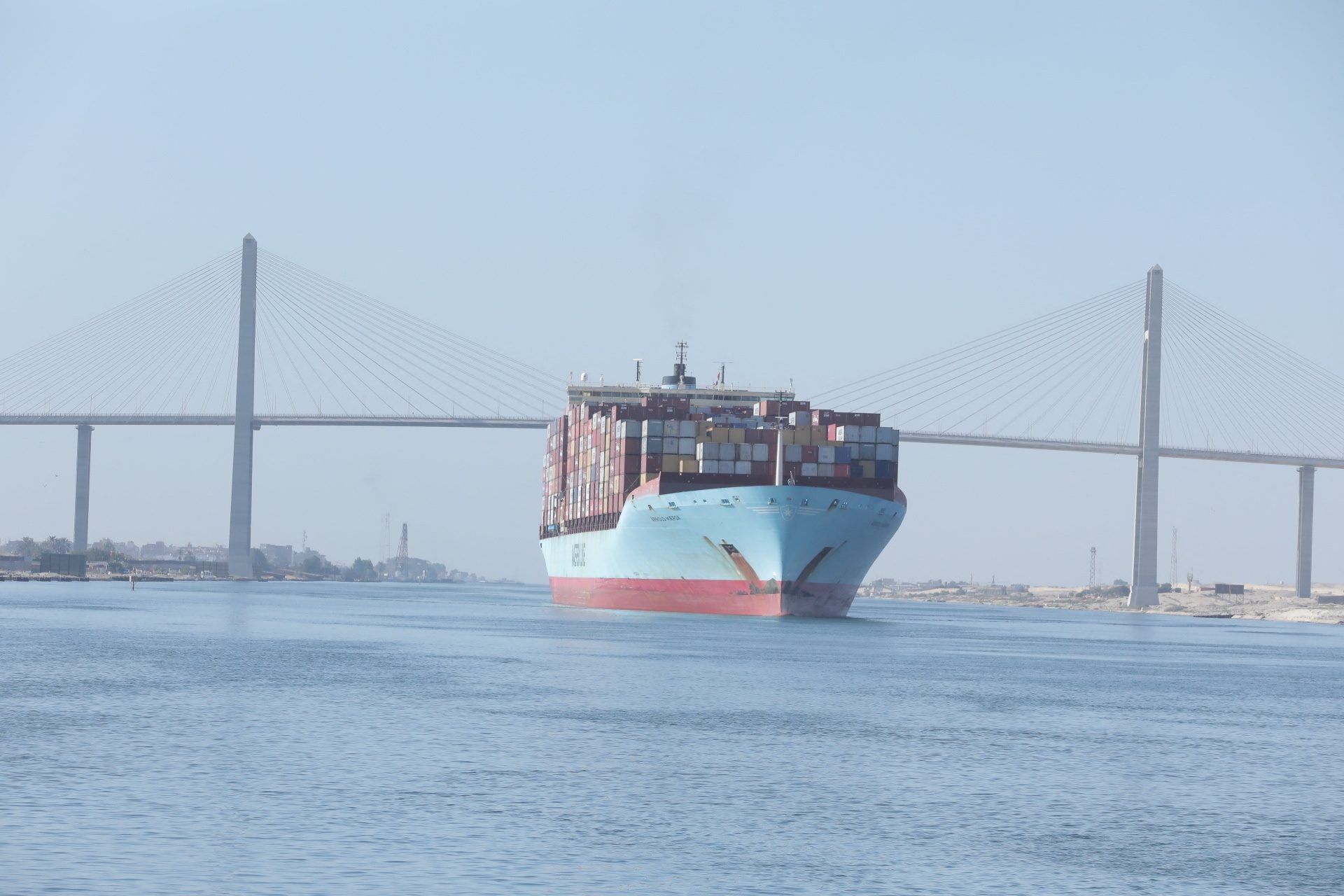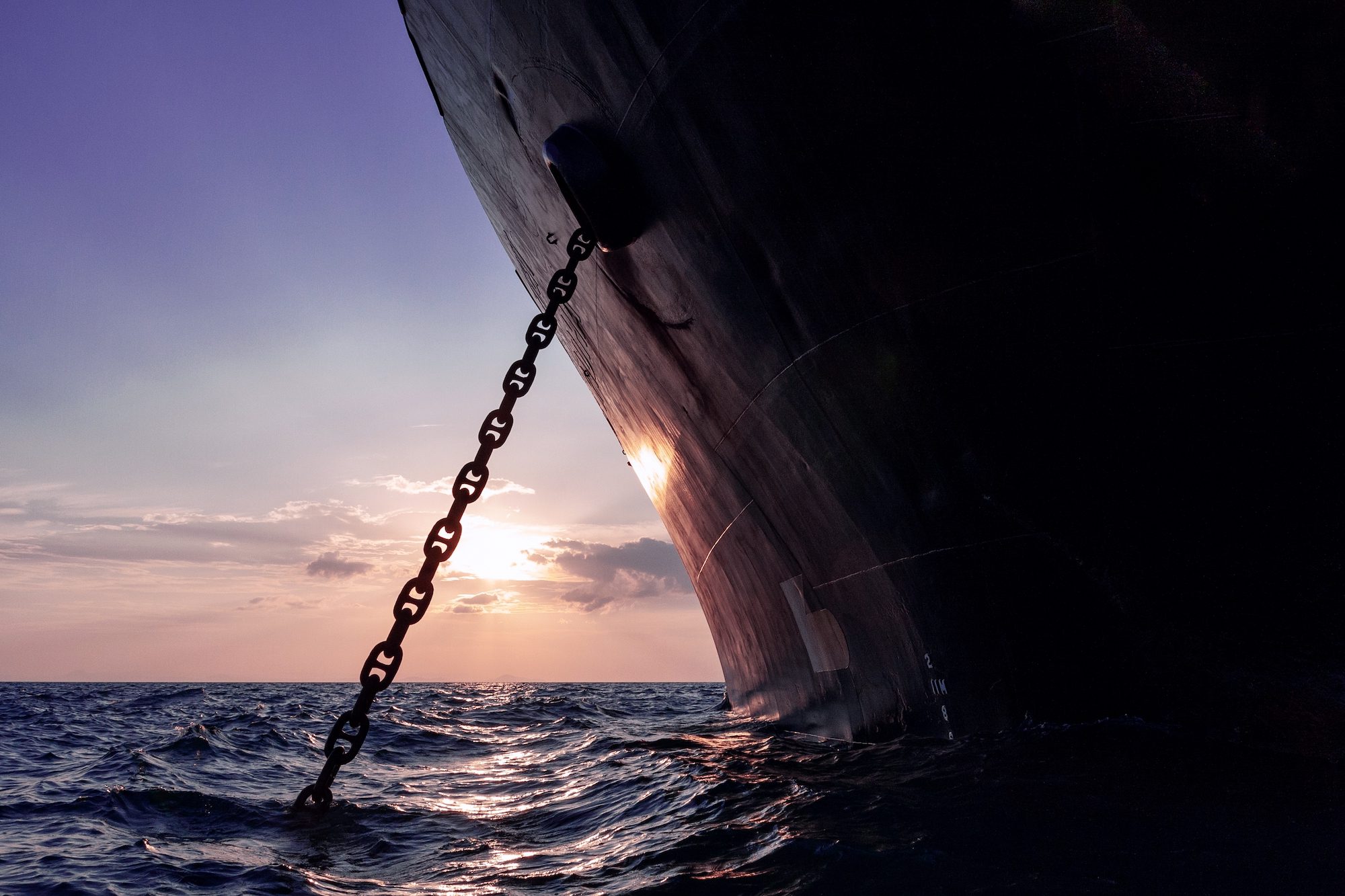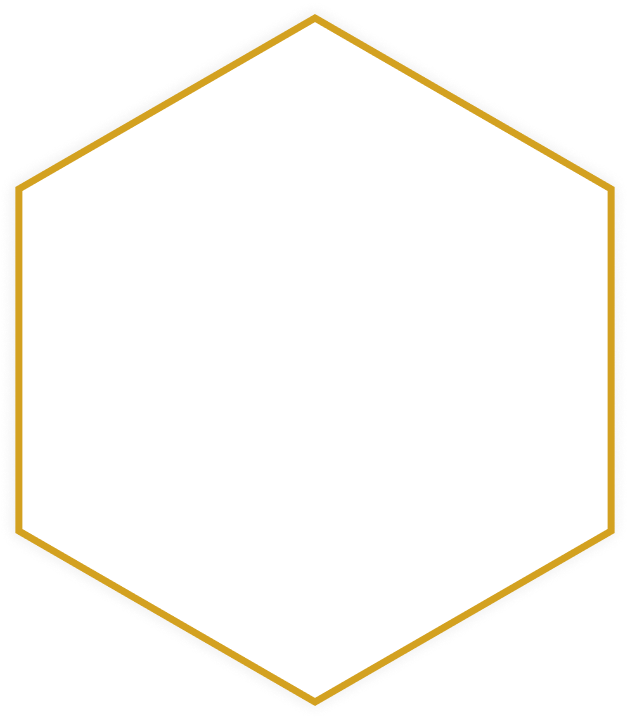Mitsubishi Heavy Industries, Ltd. (MHI) and Mitsubishi Kakoki Kaisha, Ltd. (MKK) announced today the joint development of a new emissions scrubber designed to remove sulfur oxides emitted by marine diesel engines.
Their “Hybrid SOx Scrubber System” will enable vessels to comply with upcoming emissions regulations set to come into effect in 2015 and is based around fresh water circulation and a one-pass salt water scrubbing process.
The freshwater system is capable of scrubbing exhaust gas from the combustion of heavy fuel oil with 3.5% sulfur content to that of low-sulfur fuel oil with 0.1% sulfur content. The seawater system reduces SOx emissions to levels found when burning fuel oil with 0.5% sulfur content, meeting regulations expected to be applied in the global marine areas in the future. Washing seawater is discharged outside after treatment, complying with requirements for discharged wash water.
What’s inside…
The Hybrid SOx Scrubber System includes an SOx scrubber, a container unit housing a wash water processing system and other components, and ISO standard tank containers to store sludge and a caustic soda solution (NaOH) to neutralize circulating fresh water. Modular construction enables flexible arrangement of components, reducing installation time and cost requirements, and making it easier to retrofit the system to ships already in service.
The Regulations
The IMO SOx emission regulations scheduled to take effect in 2015 will tighten air pollution standards to 0.1% sulfur content in designated emissions control areas (ECAs) including the North Sea, Baltic Sea, and the Pacific and Atlantic coasts of the United States. The 0.5% regulation in global marine area is being discussed with possible implementation in 2020 or 2025. In addition, designated emission control areas may be expanded in the future to other sea area. In order to continue to use inexpensive heavy fuel oil bunkers with high sulfur content, scrubber systems will become necessary.
MHI and MKK notes plans to install one of these new systems on a ship in a joint study with Nippon Kaiji Kyokai (ClassNK), Kawasaki Kisen Kaisha, Ltd. (“K” Line) and Japan Marine United Corporation as part of ClassNK’s “Joint R&D for Industry” program.

 Join The Club
Join The Club










